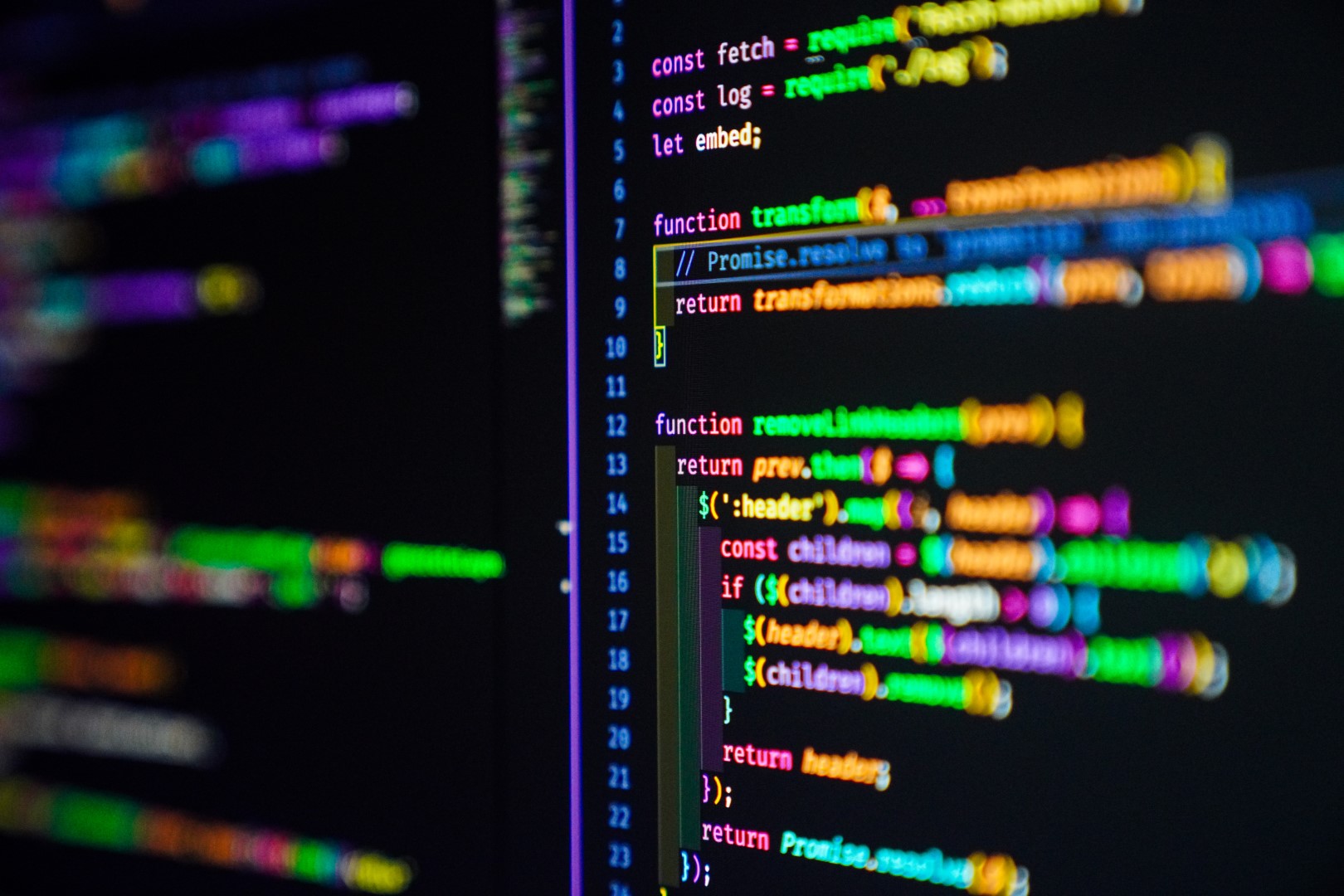Last week we published our 10 Principles of Cognitive Agentic Architecture (CAA), the rules we follow when turning AI demos into production systems. A few weeks ago, Trade Republic, one of Europe’s fastest-growing fintechs, released a deep-dive on their LLMOps stack. Different industry, different constraints – yet they ended up with architectures that look uncannily familiar. That kind of convergent evolution is the ultimate validation.
Below are four highlights from Trade Republic LLMOps’ article and how each one maps to a core CAA principle.
1. Structured Context Is Non-Negotiable (CAA Principle 4)
Their take: Every input and output is validated with Pydantic models. No free-form dicts.
Why it matters: Validation turns “garbage in, garbage out” into a controlled contract.
Business impact: Fewer hallucination tickets, faster incident resolution.
2. Big Problems Must Be Decomposed (Principles 1 & 3)
Their take: “A single LLM call would be unreliable and inefficient.” They break workflows into step-functions.
Our lens: Small, focused sub-tasks + explicit control flow.
Business impact: Auditable SOPs, modular upgrades, predictable cost.
3. The Human Stays in the Loop (Principle 10)
Their take: A “meta-process” requires domain experts to approve AI-generated policies before go-live and capture feedback on execution traces.
Our lens: Autonomy is earned, not assumed. Interrupt – approve – resume.
Business impact: Regulatory confidence and operator trust.
4. Observability Is a Prerequisite for Trust (Principle 7)
Their take: Full tracing via Langfuse; every LLM call, tool result, and retry path is recorded.
Our lens: Observable Everything. Replays, metrics, and forensic audits are built-in.
Business impact: Root-cause in minutes, not days; provable compliance.
Convergent Evolution
When two teams solving different problems reach the same design patterns, that’s not coincidence—it’s physics. It signals we’re all bumping into the same hard limits of LLMs and enterprise risk.
| Limit | Common Solution |
|---|---|
| LLM output drift | Typed context & tool contracts |
| Unpredictable chaining | Explicit control flow |
| Trust gap | Human approvals & full traces |
Trade Republic arrived there for fintech; we reached the same place in industrial automation. The takeaway? These principles are becoming table-stakes for anyone moving AI from chat to execution.
What This Means for Industry 4.0
If a leading fintech needs typed context, modular agents, and HITL safeguards, imagine what a manufacturing line—or a multi-million-euro CNC machine—demands. That’s why we built Arti Agent Stack on top of CAA.
-
We productize the patterns so you don’t build an LLMOps platform from scratch.
-
We integrate with MES, ERP, and IIoT—where downtime costs real money.
-
We keep humans in command, with <100 ms rollback & replay.
Next Steps
-
Read the 10 Principles & decide which ones your current AI POC violates.
-
Explore the CAA repo (GitHub link) for architecture docs and diagrams.
-
Book a pilot if you’re in industrial automation, robotics, or heavy machinery and want to see CAA in action.
Convergent evolution tells us the map is accurate. The only question is how fast your organization adopts it.




